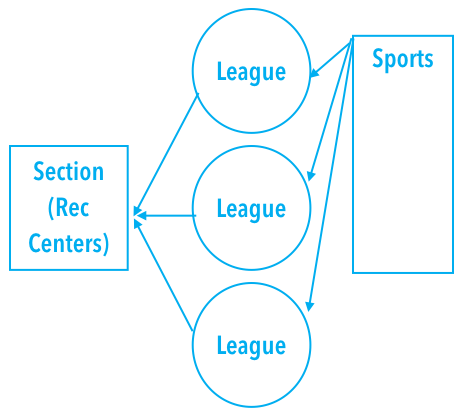Entities
From Core to Custom
Shawn Duncan, Technical Architect
Digital Pulp
 This work is licensed under a Creative
Commons Attribution 4.0 International License.
This work is licensed under a Creative
Commons Attribution 4.0 International License.
The Idea of a Data Container
The Idea of a Data Container

- An object that stores information.
- Content
- Configuration
The Idea of a Data Container
- No actual Entity Class in D7 core.
- PHP Standard Objects
- Node
- User
- Taxonomy
- Comments
The Idea of a Data Container
- In Drupal 8, Entities are first class objects
- Content
- \Drupal\Core\Entity\ContentEntityBase
abstract class ContentEntityBase extends Entity implements \IteratorAggregate, ContentEntityInterface
- Configuration
- \Drupal\Core\Config\Entity\ConfigEntityBase
abstract class ConfigEntityBase extends Entity implements ConfigEntityInterface
- UML
Working with Core Entities
Working with Core Entities

- If you've been working with Drupal for multiple versions, now is the time to stop thinking in nodes.
- Use fields to model your real processes and relationships.
Working with Core Entities
- QueryFactory: entity.query
- You may see blog post refering to the EntityManager Service
- Deprecated
- See: https://www.drupal.org/node/2549139
- Use EntityTypeManger: entity_type.manager
- Accessing fields with methods.
- Setting field values. Check
::generateSampleValueon the field class to get structure.
Smarter Modules with Custom Entities
The Secret Sauce
- Drupal Console
drupal generate:moduledrupal generate:entity:contentdrupal generate:entity:config
Classes, Files & Annotations
for Custom Content Entities
- An entity interface in the
/srcdirectory.- Conform your entity to multiple types by extending core interfaces.
ContentEntityInterface
For obvious reasons...EntityChangedInterface- Defines an interface for entity change timestamp tracking.
- Allows more precise cache invalidation.
- Disallows concurrent editing
EntityOwnerInterface
Allow reassigning entity ownership.
- Conform your entity to multiple types by extending core interfaces.
Classes, Files & Annotations
for Custom Content Entities
- An entity class at
/src/Entity/- extend
ContentEntityBase - implement the custom interface just discussed.
@ContentEntityTypeAnnotations- Refer to
\Drupal\Core\Entity\EntityTypefor all possible properties - id: The unique identifier of this entityType.
- label: Human readable name of the entity type
- handlers: You can use handlers provided by parent or override with your
own. Implement classes in
/srcfor any overrides. - base_table: Define a unique name for the table used to store the data.
- Refer to
- extend
Classes, Files & Annotations
for Custom Content Entities
- An entity class at
/src/Entity/@ContentEntityTypeAnnotations continued...- fieldable: Can additional fields be added to the entity via the admin UI?
- entity_keys: Map entity columns to standard keys.
- links: Provide routes to do standard tasks.
- admin_permission: The permission string. Must define in a
permissions.ymlfile.
- implement
baseFieldDefinitions
Base fields are fields that exist for every bundle. See:Drupal\Core\Entity\FieldableEntityInterface. Note that entities can have base fields without being designated fieldable.
Classes, Files & Annotations
for Custom Content Entities
- Customize your entity list by extending
EntityListBuilder. Add alist_builderannotation. - Handlers you may wish to implement:
- views_data
- forms for add/edit and delete
- access (Pair with a
permissions.ymlfile.) - route_provider
- A
routing.ymlfile is not needed if you implement a route provider. https://www.drupal.org/node/2593577 - Yaml files for local tasks, local actions and menu defaults. https://www.drupal.org/node/2302893
Classes, Files & Annotations
for Custom Configuration Entities
- Very Similar
- Extending
ConfigEntityInterface&ConfigEntityBase - Corresponding extensions of ConfigEntity classes for forms and list
- Form controllers
- Route provider
- Extending
- Need a
config/schema/module_name.schema.ymlfile. This defines the schema for yaml files used to export the entity. - Each property on the defining class should have a mapping in the
schema.yml
More Resources
More Resources
- The Example Project
- https://www.drupal.org/project/examples
- Content Entity Cheatsheet
- http://wizzlern.nl/drupal/drupal-8-entity-cheat-sheet
- Drupal Console
- https://drupalconsole.com
Open Q & A
“Bring him here.”
